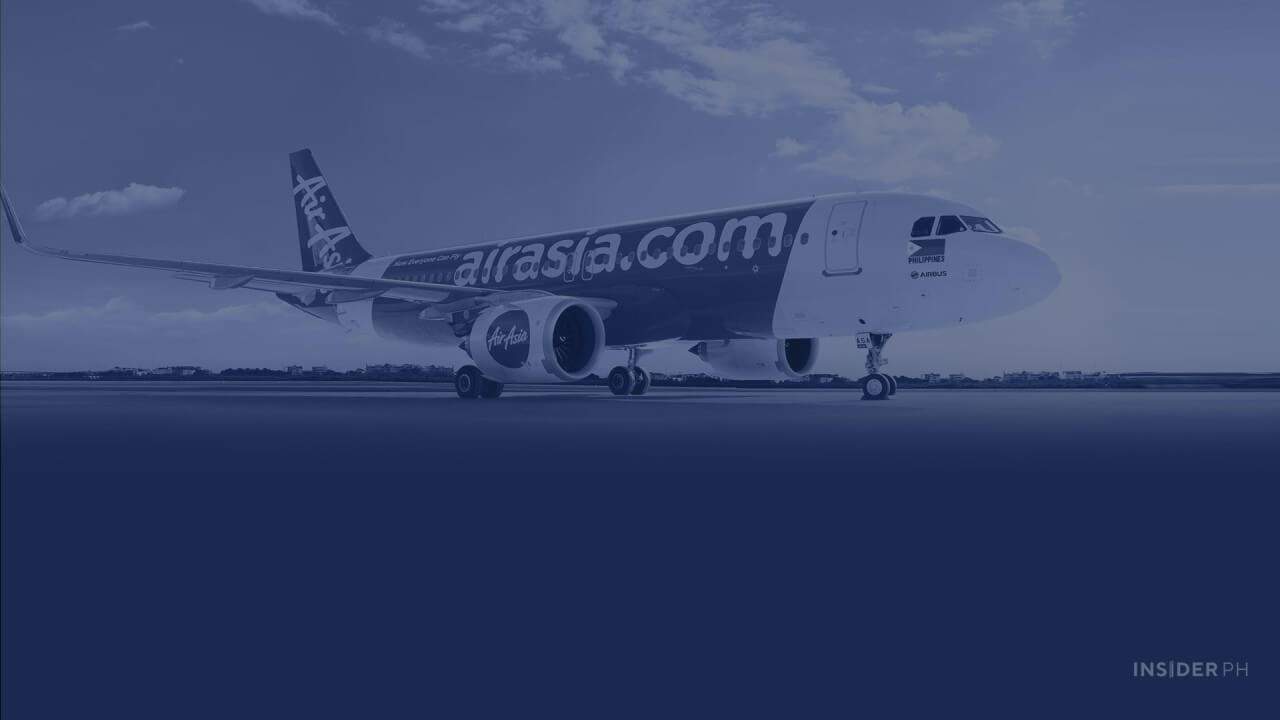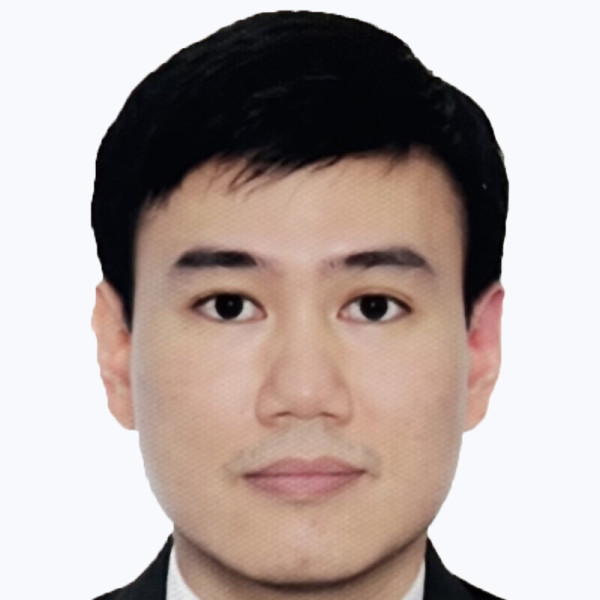

With 22 years of experience working in Malaysian tycoon Tony Fernandes’ AirAsia, he was approached by headhunters for an opportunity with a Chinese group to join one of its airlines.
The money was better, and being paid in US dollars—stronger than the currency of his home country, Malaysia—made the prospect even more enticing. He still turned it down.
“I had too many projects on my hands. I’m not one to just drop everything, give my notice and leave,” the 50-year-old pilot-turned-executive said in a chat with reporters this week.
He has no regrets. Last May, Bangah was named president and general manager of AirAsia Philippines, the domestic unit of the AirAsia Group, which operates seven airlines across the region.
He candidly admits that becoming their top corporate leader in the Philippines was not his first choice. But he’s also ready to take on this new challenge.
“Loyalty is very important because the company has given me so much. They trained me, invested a lot in me. It’s giving back time. That’s why I’m doing this,” he said.
Transition to management
Bangah joined AirAsia two decades ago to pursue his dream of becoming a pilot.
But he was also identified early on for his leadership potential.
While continuing to fly, he received training opportunities for a bigger role within the aviation group, which is owned by listed company Capital A Berhad.
He worked his way up, eventually becoming flight director for the airline group and AirAsia X, while keeping his license current for special flights, which allowed him to pilot AirAsia X’s pioneering route from Kuala Lumpur to Almaty, Kazakhstan in March 2024.
Why aviation?
The airline sector is often described as thrilling thanks to its fast pace and added benefit of seeing the world through travel.
But it’s also a high-pressure environment and oftentimes thankless, with passengers tending to notice things not when they go right, but only when they go wrong.
“I’m in too deep into it to decide to do anything else. So just go on with it,” Bangah said on his chosen sector.
Reflecting further, he added, “you get drawn in”.
“I like to solve problems. And I like efficiency: if you can do it for half the cost, why not?”
More planes coming to the Philippines
Bangah is taking the place of longtime AirAsia Philippines CEO Ricardo Isla, who steered the budget airline through the COVID-19 pandemic.
Now in his late 60s, Isla remains a consultant with the airline amid the ongoing transition.
Bangah is taking the reins of an airline looking to grow, with 15 Airbus A320s and another A320 coming in September.
There are plans for two more planes, which can be deployed in potential hubs in Clark, Cebu, or Bohol, he said.
Orders from the top
AirAsia Philippines is much smaller than domestic peers such as Philippine Airlines and Cebu Pacific, but its competitive strength lies not just in its business model, but in its vast international network.
“AirAsia is not just one airline like PAL or Cebu Pacific. We have seven airlines around the region,” he said.
Their super hub is in Kuala Lumpur, where over 100 AirAsia planes are deployed, supporting a significant international network.
As the former director for flight operations at AirAsia Aviation Group, he had oversight of the group’s carriers and how they work together despite differing regulations, operating conditions, and business climates in each country.
He is now tasked with integrating AirAsia Philippines more tightly into the group’s network.
“That is the main objective why [they] sent me here: to see how we can collaborate,” he said.
Big opportunity in India
The next step, according to Bangah, is unlocking the significant opportunity in India, whose citizens were recently allowed to travel to the Philippines with visa-free privileges.
AirAsia flies thousands of daily seats between Kuala Lumpur and key cities in India, now the most populous country in the world with 1.4 billion people. It also has significant Indian presence via Don Mueang International Airport in Thailand.
Calling the visa-free move a “game changer,” Bangah said the Indian market is looking further eastward to the Philippines for both tourism and business-tech opportunities.
The challenge is in more closely linking those global hubs to the Philippines.
“This will open up the economy of the Philippines in a very big way because of foreign currency coming in, and new investments. That’s the plan now,” he said.
“But it comes back to how to we bridge the market from India to the Philippines,” he added.
Capacity constraints in Manila
One of the obstacles is the limited capacity in Manila’s Ninoy Aquino International Airport, whose operator San Miguel Corp. recently started upgrades as part of its modernization program.
“Then you have to look beyond Manila. We can bring them to other destinations,” he said, citing Cebu and Bohol.
“We are looking at the whole master plan,” he added.
Eventually, SMC’s New Manila International Airport in Bulacan province will be completed.
This will allow AirAsia Philippines to deploy more flights and even larger planes, such as its recently ordered long-range Airbus A321XLR aircraft, which can easily make direct 7–8 hour trips to India instead of transiting via Malaysia or Thailand.
What passengers can expect?
Bangah said AirAsia Philippines will continue growing its domestic presence, which accounts for 90 percent of its business.
For now, he could not detail specific plans, including whether they would revive their Clark hub or when they might restart their Manila–Davao route, which was suspended last January.
But the Airbus A330 pilot gave a glimpse into the kind of service philosophy he brings to the role.
“An A330 has about 377 passengers, so all 377 passengers are VIPs as far as I’m concerned,” he said.
“Everyone deserves to be flown from point A to B as safely and as comfortably as possible. Everyone is a VIP,” he added.

Miguel R. Camus has been a reporter covering various domestic business topics since 2009.
